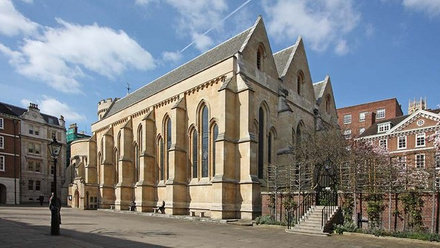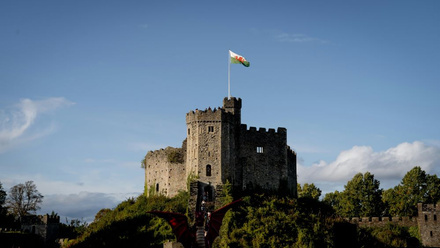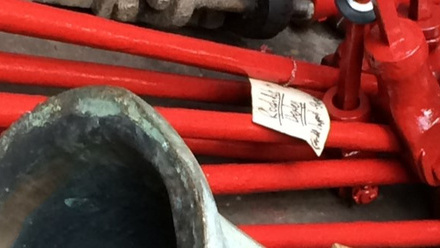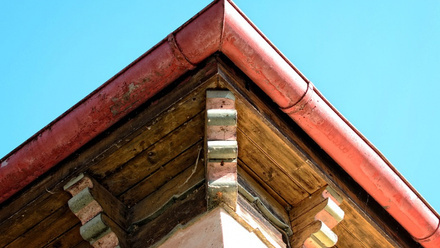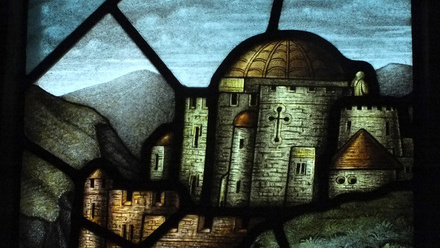Innovation in Scotland’s Historic Environment
Our Place in Time strategy development workshop
6th September 2022, Engine Shed, Stirling – Hosted by Historic Environment Scotland
When I was invited to give a 5-minute lightning talk on the theme of innovation in the conservation sector as part of consultation workshops informing the refresh of Scotland’s Our Place in Time (OPiT) strategy I quickly accepted. From my conversations with Icon members it is clear that there is a great deal of highly practical research and development taking place in conservation studios and laboratories leading to innovations in a range of fields, but then I paused and wondered how much of this learning is shared across and beyond the sector. I also began to reflect on the impact of this research and development work and how it supports positive change in the sector more broadly. So my thinking turned from specific examples of innovation to innovation at a strategic level and the opportunities and challenges it offers. I identified four themes which I shared with the workshop delegates:
- Collaboration
- New technologies
- Volunteering
- Climate emergency
This article offers a few thoughts on those themes and also includes some reflections from Icon members who took part in the workshop.
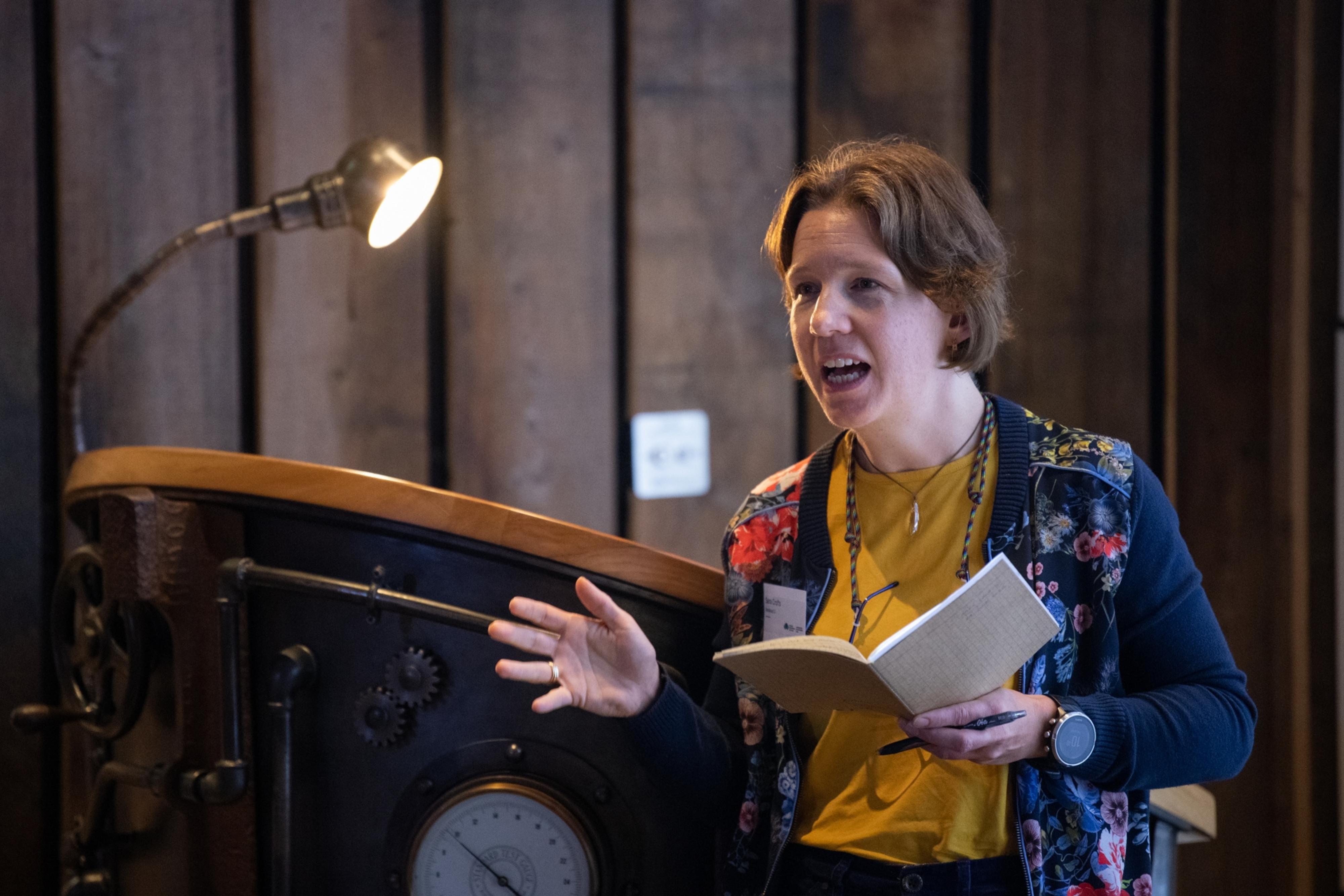
Collaboration
Icon emerged in 2005 from a coalition of conservation organisations but our 16 distinctive special interest groups (mostly focusing on subject specialisms) remain a core element of our organisational DNA. There are many benefits to working in this way, but there is also an inherent risk that practitioners become overly focused on their own specialist subject area and lose touch with ideas and developments in other material disciplines. If innovation is to flourish in the conservation profession, then the opportunities are more likely to be found in collaboration across specialisms, supporting by the greater sharing of knowledge. Happily, there is evidence of a growing interest in cross-disciplinary working. A recent example is Fragmented Stories: Case Studies in Ceramics, Glass and Stained Glass Conservation, a joint conference delivered by Icon’s Ceramics & Glass Group and Stained Glass Group in October 2021. Icon’s Book & Paper Group and Textiles Group are also currently working on a joint event which will take place later this year. However, greater support is needed to facilitate a culture of collaboration; we need spaces, tools and programmes that enable conservators and others to share their research outputs and also find new partners to work with.
Collaboration also needs to extend beyond conservation studios to more effectively bridge the artificial divide that sometimes appears to exist between conservators and building craftspeople. While the routes through which different people enter the conservation profession may vary, the underpinning philosophies that shape our approach to caring for our shared cultural heritage are broadly similar. Conservators and building craftspeople are simply at different places on a spectrum of conservation professionals that also includes heritage scientists and others.

New technical challenges
There are also new technical challenges to consider. While our understanding of traditional materials such as stone, timber, paper and fabrics, is well established, innovation in materials in the last 150 years has generated a wealth of objects constructed from manufactured substances. We still have much to learn about the decay and subsequent conservation of modern materials such as plastics and composites, but this is clearly an area with great scope for innovation, both in terms of philosophical approaches as well as techniques. The conservation of contemporary art is also a hot topic, requiring new methodologies to be developed.
The event provoked some interesting discussions about what innovation means, with the Scottish Government definition being hotly contested! I think innovation is about doing things and thinking about things in exciting new ways. So that could be the how we do conservation - new approaches, new methodologies, new equipment and materials; and also the why - what conservation is and why we do it. ~ Isobel Griffin ACR
Volunteering
There is not enough capacity with the professional conservation community to look after all the things (buildings, places and objects) that we hold dear. So the heritage sector largely survives, and occasionally thrives, on volunteer effort. But volunteering took a knock during the COVID-imposed lockdowns when museums and sites scaled down their activities, and we don’t yet know the long-term impact of these changes. However, this pause is also an opportunity for the sector to rethink what volunteering means, and to be innovative when it comes to finding new ways to properly engage and support non-professionals to care of their heritage. For me this means reframing the relationship between professionals and volunteers to ensure that the volunteering opportunity genuinely benefits both the individuals and the organisation. There are case studies of good volunteering that should be more widely shared. One example is the Dressed For Success project delivered by Museums & Galleries Edinburgh, which recruited volunteers to work alongside existing staff to document, condition check, photograph and rehouse the costume collection at the Museum Collections Centre. The SCAPE Trust is also a pioneer in the volunteering field, with its commitment to placing local volunteering at the heart of its projects to research, rescue, interpret and highlight the heritage of Scotland’s coast.
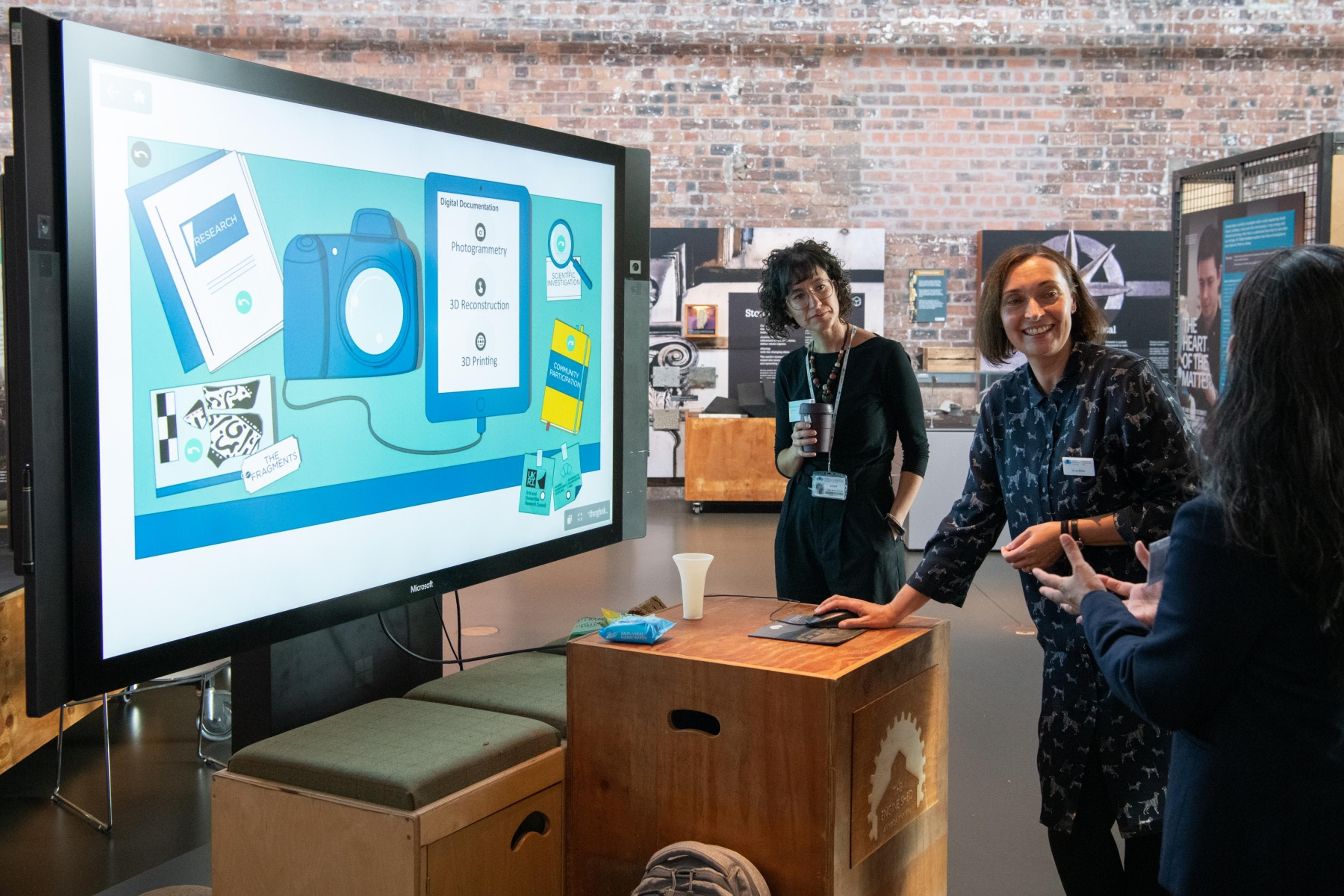
Climate Emergency
Over the last couple of years considerable effort has been dedicated to implementing a reduce, reuse, recycle culture in conservation studios in both the public and private sectors. This approach is neatly exemplified in a new handbook written and published by Icon trustee Lorraine Finch ACR: Low cost/no cost tips for sustainability in cultural heritage. Many conservators and heritage scientists are also looking at alternatives to harmful materials used in studios e.g. replacing solvents with green solvents. However, there is much bigger issue that needs to be tackled: reviewing the accepted “standards” for environmental conditions in museums, galleries and archives. I am hearing a growing number of voices challenging the rationale underpinning the widely used guidelines for the “ideal” temperature and relative humidity for the maintenance of collections. Given that maintaining these ideal conditions often requires the use of costly and energy-hungry mechanical systems there could be many benefits to adopting a more rational and sustainable approach that makes better use of our understanding of the needs of individual materials and the judgement of professional conservators.
What (or who) needs to change?
So, having established that there many areas where interesting ideas are emerging, we also need to acknowledge the barriers that are preventing progress. Clearly a lack of capacity and funding are key issues. The conservation sector is chronically over-stretched and, while necessity may well be the mother of invention, conjuring something out of nothing is just too big a stretch. So we certainly need revenue funding to keep the conservation ecosystem running, and to ensure that we can train and support at least the core workforce in the short-term. But we also have to look at ourselves and ask questions about whether we also need to change.
The conservation sector is inherently risk-averse and nervous about failure. We therefore need to learn the agile skills of working incrementally and learning how to fail successfully in a way that enables the next iteration to be better. We also need to be brave and confront the fact that the conservation sector is also (for understandable reasons) inclined to be change-averse. Professional practice is focussed on identifying and mitigating the effects of the various agents of decay i.e. slowing the process of change. But, given that we have more cultural heritage “stuff” than we can feasibly care for, perhaps we need to be more open to new ways of caring for our cultural heritage, and more change. Change can be positive – but only if we choose to embrace it.
So, in conclusion, I think that we can be optimistic about our sector’s capacity for innovation and for finding new ways to deliver social benefit through the conservation work that we undertake, but we also need to be bold, to seek out wider partnerships for collaboration and to welcome change. And sometimes we might need to let go.
Event background
Our Place in Time (OPiT) is the 10-year strategy for Scotland’s historic environment, published by Scottish Government in 2014. OPiT resulted from a review of Scotland’s Historic Environment Policy (SHEP) in 2012, commissioned by the then Cabinet Secretary for Culture, Fiona Hyslop MSP. OPiT defines the historic environment as: ‘the physical evidence for human activity that connects people with place, linked with the associations we can see, feel and understand’.
Owing to significant changes in the operating environment (COVID, Brexit etc,) Scottish Government commissioned Historic Environment Scotland to lead the development of new Our Place in Time strategy which will be published by 31st March 2023. This will be a 5-year strategy. The new document will be informed by engagement and consultation across Scotland’s heritage sector and beyond during 2022.

